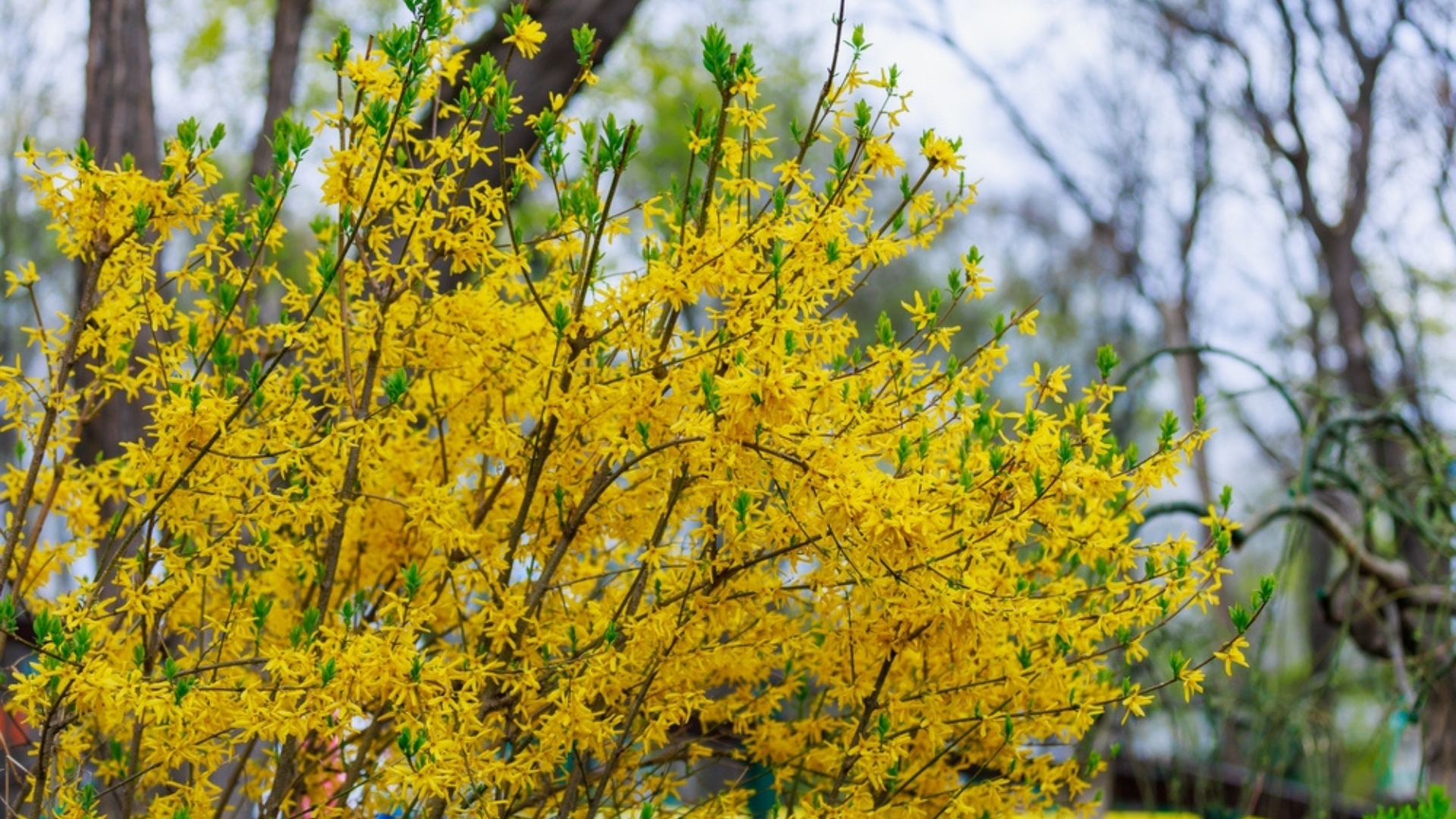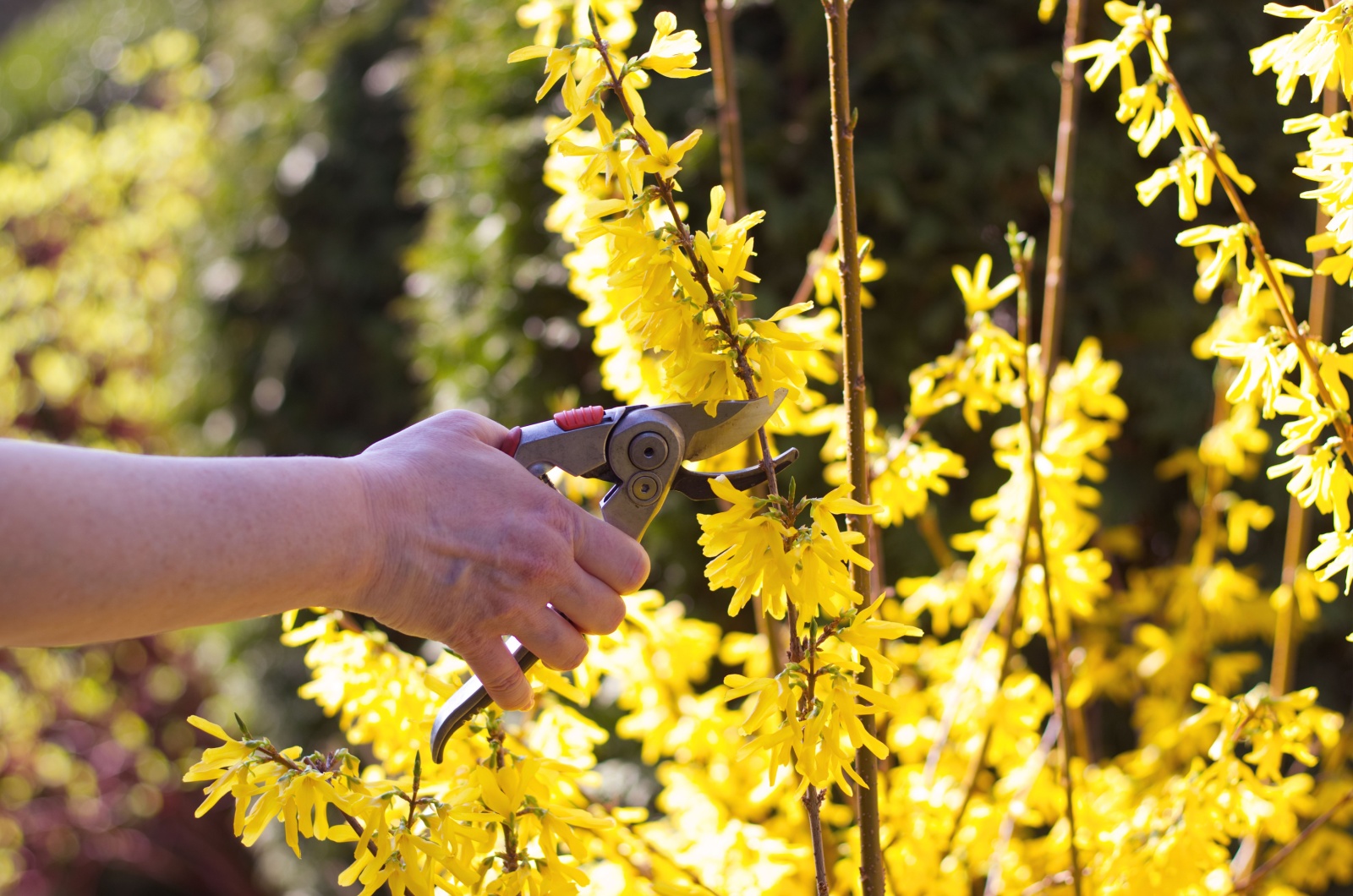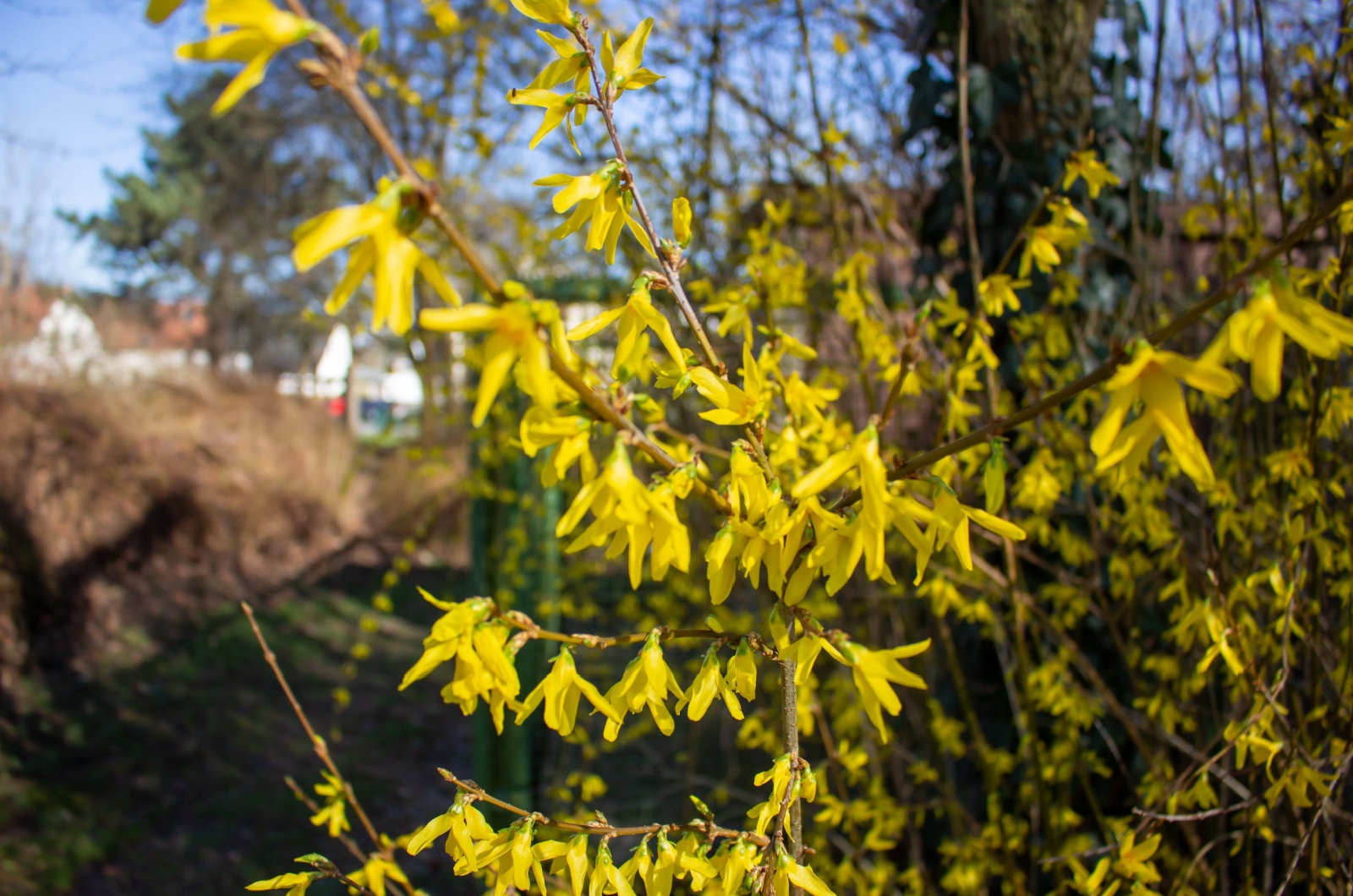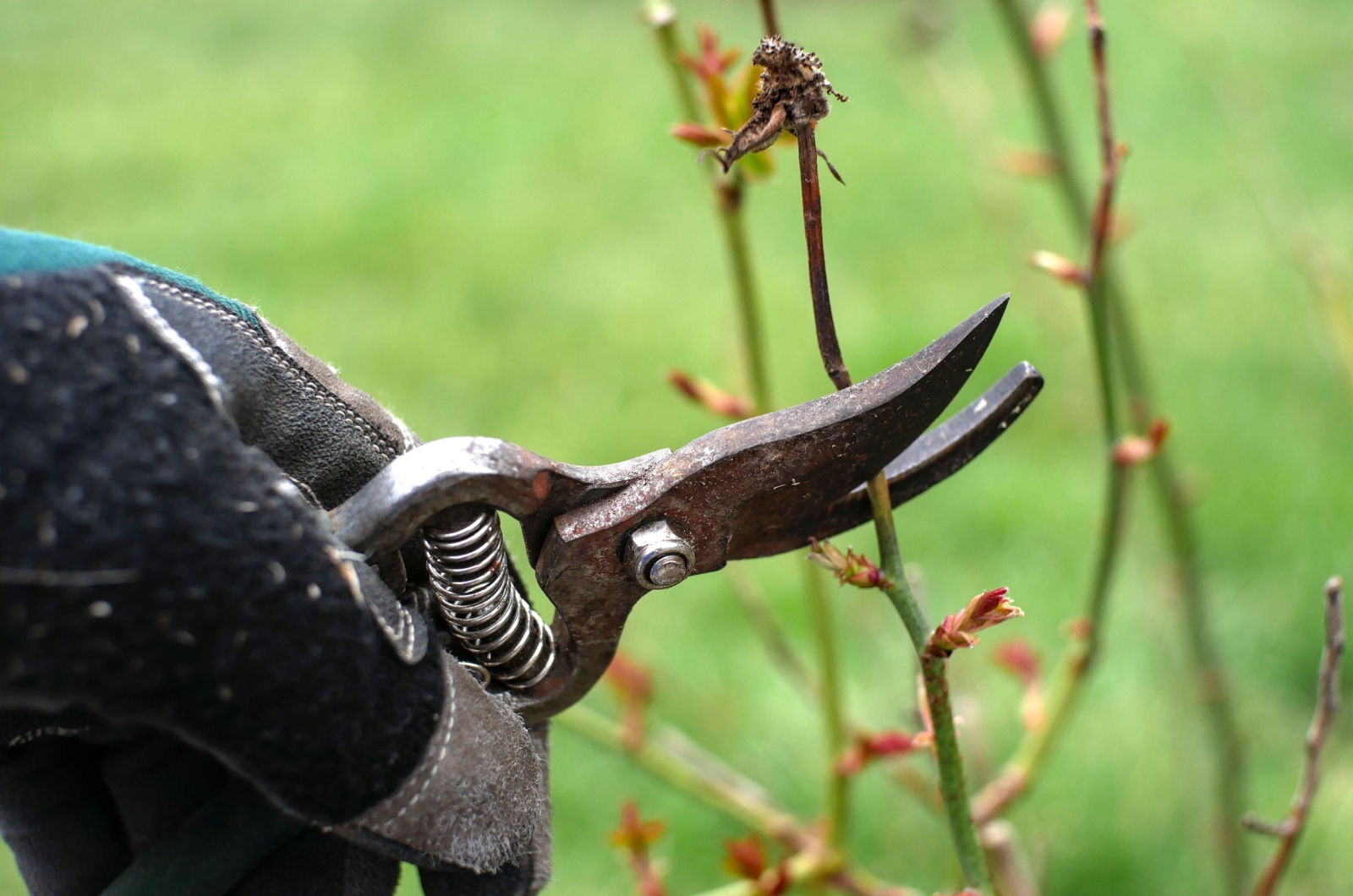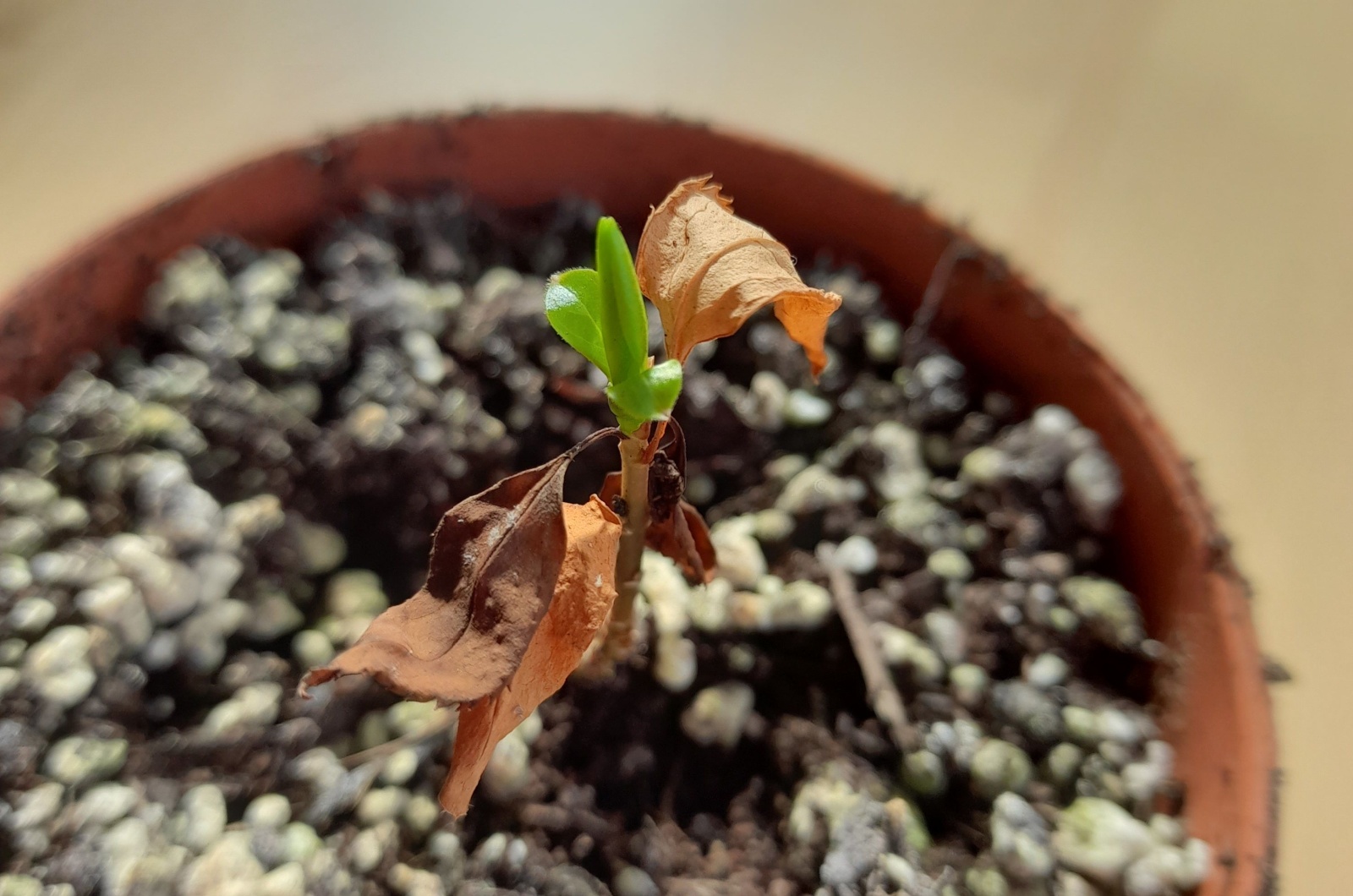It’s May, my fellow gardeners, and I know how busy you are at the moment! Well, that makes two of us. Some of you may still be planting new varieties and others will be focused on their lawn.
I, on the other hand, am completely focused on my forsythia which stopped flowering a few days ago. I was rewarded with an abundance of blooms this year, and I can say me and my forsythia started to get along last spring, in May to be more precise.
You must be wondering about what I did to encourage it to blossom so well. Yes, I followed the right watering schedule, added nutrients, and gave it enough light.
But for a thriving forsythia, there’s one essential task to complete, and May is the perfect month for it. What exactly do you need to do?
You Should Prune It!
You didn’t expect that, right? And no, I’m not being dramatic; May is your last chance to prune this absolutely adorable shrub.
Forsythia plants actually bloom on old wood, which basically means it started producing this year’s blooms the previous season. How fantastic!
It’s indeed an amazing feature, but the tricky thing about it is that your forsythia will start producing new growth in June. This means that if you prune new growth, you won’t see any blossoms next year.
You’ll be using two techniques for this flowering shrub: heading and thinning.
The first method includes making cuts beyond the node and the goal is to encourage lateral growth. If you want a bushier forsythia, this is the way to go.
On the other hand, thinning cuts refer to removing the stem at its base. It doesn’t really matter if it emerges from the ground or develops from another branch. The main purpose of this method is to promote airflow within the plant and get rid of dead portions.
You’ll need to inspect your forsythia closely to check if it needs better airflow or more growth. My neighbors are probably wondering why I spent two hours observing my forsythia, not knowing it’s the secret to numerous golden blossoms!
If you don’t know what exactly you’re looking for, let’s go through everything step by step.
Start With Opening The Heart Of Your Forsythia
Yes, I know it’s pretty cruel to use medicinal terms for plants, but you need to get the gist. Forsythia is a shrub, which means its inner part isn’t visible, so we need to use our hands.
One of the things you should know about forsythia is that it can get wild if you don’t control its growth. And the biggest problem is if it gets crowded in the inner part.
I must warn you that we don’t do this to make it prettier but rather to give the inner part of the plant enough light and better airflow.
Then Remove The Crossing Branches
The easiest way for your forsythia to catch a disease is to leave crossing branches in the inner part of the plant.
Since they rub against one another, they’ll leave wounds and pathogens will soon attack.
You can either make thinning or heading cuts, depending on the growth you want to achieve. Make sure to use sanitized secateurs to avoid spreading any potential pathogens.
If There Are Any Holes, Do This
Just for clarification, holes refer to any bare spots or gaps in your flowering shrubs. The best way to fill those gaps is to make a few heading cuts close to the branches.
I also cut off a couple of larger branches that are located closer to the ground; about a foot. I noticed my forsythia grows bushier after it.
Now, Remove The Suckers
You need to switch to the thinning technique now and cut off the suckers that emerge from the base of your forsythia.
If you’re unsure what they look like, just look for really thin stems that typically grow near the base of forsythia.
The main goal of this step is to give your plant more energy. Simply put, suckers are named after their notorious ability to suck the life out of the plants.
Give Your Old Plant A Fresh Look
Many gardeners who have forsythia in their yards for a long time complain that the plants don’t produce any new blooms. This is completely normal and a part of the plant’s life cycle but there’s one thing you can do about it: prune!
All you need to do is to cut your forsythia back to approximately 6 inches above the soil line.
The shrub will start growing like crazy, but don’t expect the new blossoms to appear for at least two years.
New Growth Will Also Benefit From A Little Pruning!
Yes, I know I said these shrubs won’t bloom if you remove this year’s growth. But the thing is that you can ensure even bushier growth if you cut off a few newly developed branches.
You’ll help your forsythia to focus its energy on the remaining growth and it will be fuller the next season.
One of the things I especially like about these spring bloomers is that they tolerate hard pruning and will quickly recover.
Oh, And Don’t Forget To Propagate!
What’s prettier than a forsythia in full bloom? More forsythias in full bloom, of course. After you finish pruning this shrub, you can root the cuttings and get more plants for free.
This is how I do it:
1. I take a 6-inch pot and fill it with a mixture of coconut coir and perlite to enhance drainage. You can use any other potting mix as long as it retains moisture well and has good drainage.
2. Now, prepare the forsythia cutting by removing the bottom leaves and making a diagonal cut at the bottom of the stem.
3. This step is optional but I always use cinnamon as a rooting hormone. I apply it to the cut end to improve root development. You can use any other root hormone, store-bought or natural.
4. Put the forsythia cutting(s) in a potting mix, cover with a plastic bag, and secure it with a rubber band to trap moisture.
5. Find a warm and bright spot for the cutting and uncover it from time to time to check if it has enough moisture. As soon as the forsythia cutting(s) produce new roots, you can transplant them.
Ready to make the best out of your forsythia and prepare it for the next season? Pruning it in May is your ticket to nothing but success!

